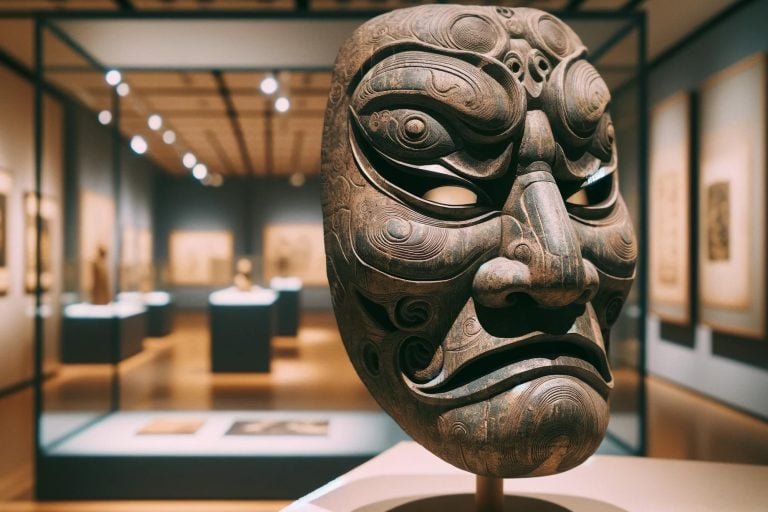New Genome Analysis Reveals Korean Peninsula as Primary Source of Ancient Migration
A pioneering study by the University of Tokyo has shed light on the mysterious origins of the Japanese population. By analyzing a 2,000-year-old genome, researchers have discovered that the Korean Peninsula was the primary source of immigration to Japan during the Yayoi and Kofun periods (3000 BCE to 538 CE).
Challenging Previous Theories
Previous admixture models suggested that the Japanese population had a dual ancestry, but the details of immigration patterns remained unclear. The new findings debunk the three-way admixture model, which proposed that separate Northeast Asian and East Asian groups migrated to Japan during different periods.
Genetic Analysis Reveals Surprising Similarities
The study analyzed the complete genome of a Yayoi individual and found striking similarities with modern Korean populations. This suggests that immigrants from the Korean Peninsula brought both East Asian-related and Northeast Asian-related genetic ancestries, shaping the ancestral population of modern Japanese people.
From Isolation to Immigration: Japan’s Genetic Journey
The Japanese Archipelago was relatively isolated during the Jomon period (14,000-300 BCE). However, with the onset of the Yayoi period, immigration from continental Asia began. The new study provides crucial insights into this pivotal moment in Japanese history.
Key Findings:
- The Korean Peninsula was the primary source of immigration to Japan during the Yayoi and Kofun periods.
- The Yayoi individual’s genome showed closest similarity to modern Korean populations.
- The three-way admixture model is incorrect; instead, immigrants from the Korean Peninsula brought both East Asian-related and Northeast Asian-related genetic ancestries.
Future Research Directions
Lead researcher Jun Ohashi plans to examine more Yayoi individual genomes to clarify the motivations behind the massive immigration. This groundbreaking study opens new avenues for understanding Japanese population genetics and its fascinating history.
Reference:
Journal of Human Genetics, October 14, 2024.
Stay Updated:
Subscribe to our newsletter for the latest breakthroughs in genetics and anthropology.

















